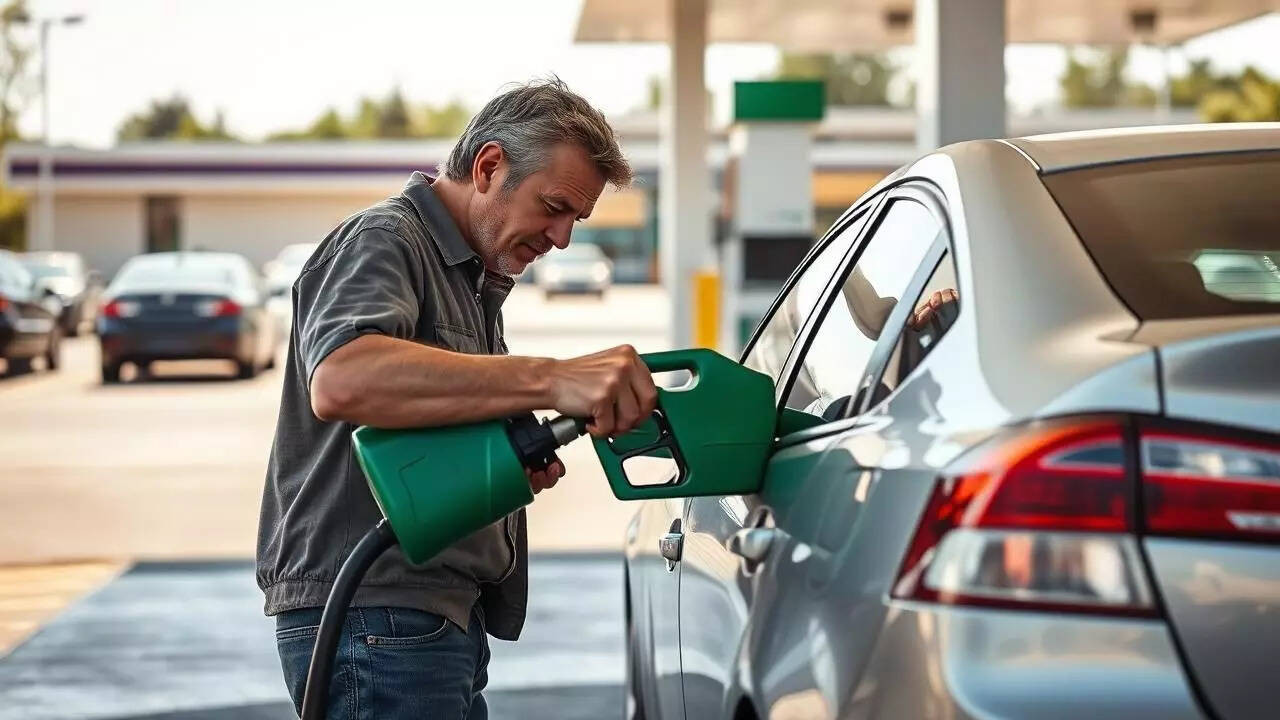The Ministry of Petroleum and Natural Gas refutes concerns regarding E20 fuel’s performance and safety, dismissing claims of significant fuel efficiency loss and insurance issues as unfounded. The ministry emphasizes E20’s benefits, including improved acceleration, reduced emissions, and enhanced engine performance. It also highlights the program’s economic and environmental advantages.
Ethanol Blending: Clearing the Air on E20 Fuel and Your Car
The buzz around E20 fuel – petrol blended with 20% ethanol – has certainly sparked conversations, haven’t they? While some worry about its impact on vehicles, let’s take a look at what’s actually going on and separate fact from fiction. The Indian government is pushing forward with this initiative, aiming for a cleaner, greener future, but naturally, change can bring uncertainty.
The initial rollout of E20 has brought questions to the surface, particularly regarding potential damage to older vehicles. It’s easy to see why some drivers are feeling apprehensive. No one wants to unintentionally harm their prized possession, especially with rising car maintenance costs. But what’s the real story?
Addressing the Concerns: Is E20 Fuel Harmful?
The Ministry of Petroleum and Natural Gas has stepped forward to address the wave of concerns surrounding E20 fuel. They’re actively pushing back against what they call a “false narrative” and “fear-mongering” surrounding the fuel’s effects on vehicles. Their stance? That modern vehicles are largely compatible with E20, and the benefits for the environment and economy are significant.

The core issue lies in the potential impact on older vehicles. Ethanol can be corrosive to certain rubber and plastic components used in fuel systems. However, the ministry emphasizes that manufacturers have been adapting to higher ethanol blends for years. Newer vehicles are designed with materials that can withstand the properties of E20, minimizing the risk of damage.
Why the Push for Ethanol Blending?
So, why is the government so keen on E20? The reasons are multi-faceted and quite compelling. First, it’s a step towards reducing India’s reliance on imported crude oil. By blending petrol with domestically produced ethanol, the country can save valuable foreign exchange and bolster its energy security.
Second, E20 is an environmentally friendlier fuel. Ethanol is a biofuel, typically derived from sugarcane molasses or other agricultural feedstocks. Using it reduces greenhouse gas emissions compared to traditional petrol, contributing to cleaner air and a healthier planet.
Finally, the ethanol industry supports rural economies. Increased demand for ethanol creates opportunities for farmers and contributes to rural development. It’s a win-win, potentially boosting both the environment and the agricultural sector.
Understanding Your Vehicle’s Compatibility
The key question remains: is your vehicle compatible with E20 fuel? The answer depends on its age and make. Newer cars are generally designed to handle E20 without issues. However, owners of older vehicles should consult their owner’s manual or contact the manufacturer to confirm compatibility.
If your vehicle is not E20-compatible, using the fuel could lead to problems like fuel line corrosion, engine damage, or decreased performance. It’s always better to be safe than sorry. Sticking with standard petrol, or lower ethanol blends, is the wise choice in such cases. You can also explore fuel additives designed to protect older engines from the effects of ethanol.
What’s Next for E20 Fuel?
The government’s commitment to ethanol blending is unwavering. They have set ambitious targets for increasing the ethanol content in petrol in the coming years. This means E20 will become increasingly prevalent at petrol pumps across the country.
Consider exploring alternative fuel options for a greener future.
Ultimately, the success of E20 depends on informed consumers and responsible implementation. By understanding the benefits and potential drawbacks, and by ensuring vehicle compatibility, we can navigate this transition effectively. The goal is a cleaner, more sustainable future powered by a blend of innovation and careful consideration.
The Bottom Line: E20 fuel represents a significant step toward energy independence and environmental responsibility. While newer vehicles are largely E20 compatible, older vehicles require careful consideration. Consult your owner’s manual or manufacturer to determine compatibility and ensure optimal performance.







